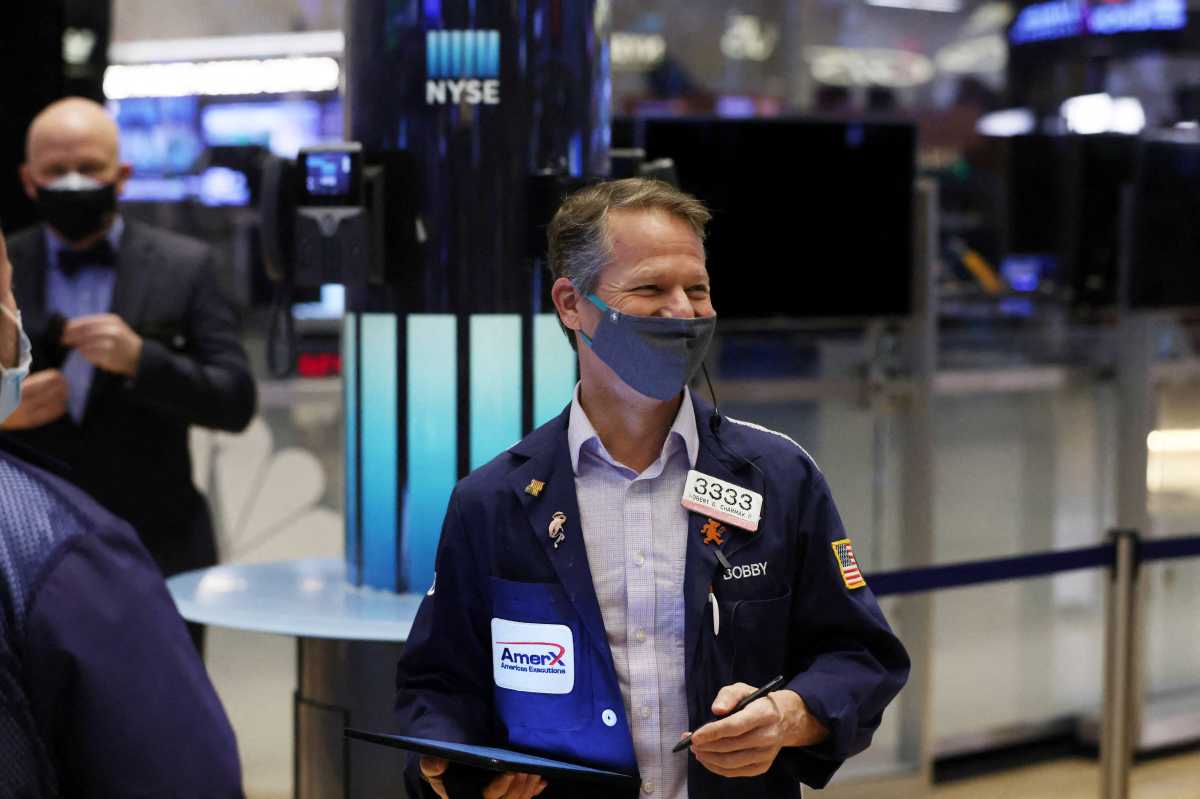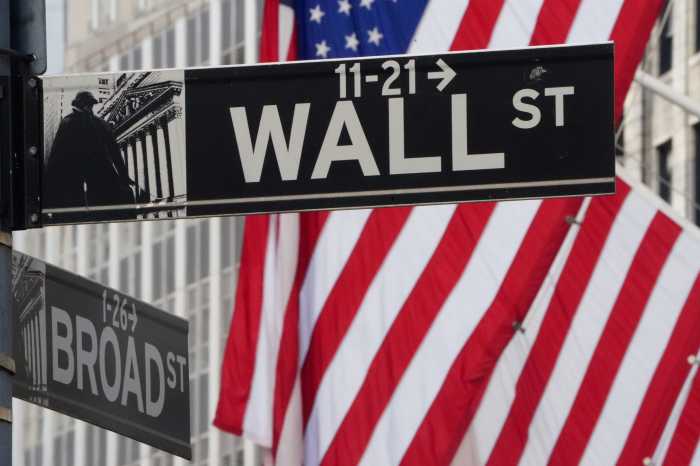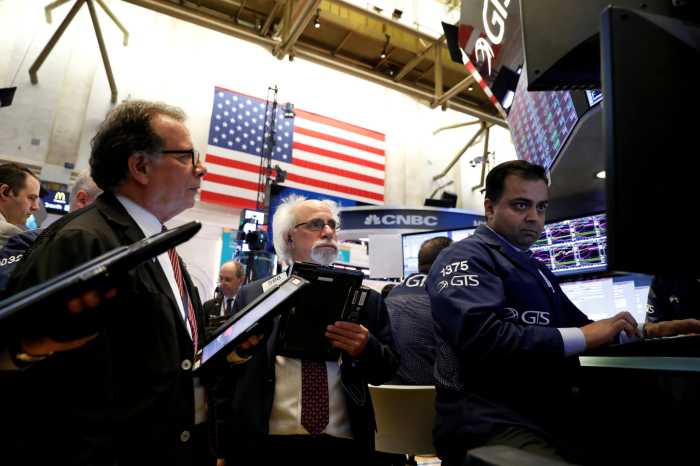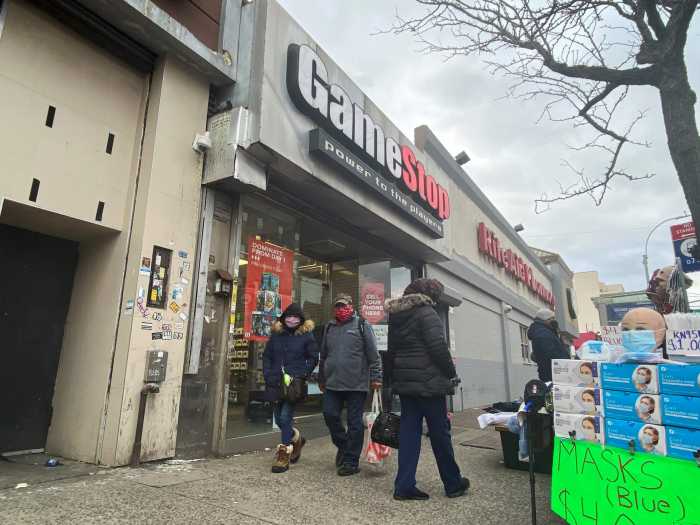The S&P 500 and the Dow touched all-time highs on Thursday, extending a record-setting run as new claims for U.S. unemployment benefits fell in the week, showing that the Omicron variant of the virus that causes COVID-19 has yet to slow the U.S. economy.
A separate report showed Midwest factory activity gained a little steam this month.
Driven by gains in production, new orders and inventories, the Chicago purchasing managers’ index (PMI) delivered a print of 63.1, a monthly increase of 1.3 points and 1.1 points above consensus.
A PMI number over 50 signifies expanded activity over the previous month.
The blue-chip Dow was set for a seventh-straight day of gains. The DJI last rose seven days in a row in March of this year. It last gained eight-straight days in late-July/early-August 2020.
The Labor Department announced on Thursday that the number of Americans filing for new unemployment claims dropped to a seasonally adjusted 198,000 in the week leading up to Christmas, from a revised 206,000 a week earlier. Economists polled by Reuters had forecast 208,000 applications for the latest week.
Equities have rallied recently, despite some of the thinnest trading volumes that U.S. stock exchanges have seen due to the holidays, boosted by growing evidence that the Omicron variant causes less severe illness than the Delta strain.
Aiding sentiment, top U.S. infectious disease adviser Dr. Anthony Fauci said on Wednesday the surge in cases of the Omicron coronavirus variant in the United States is likely to peak by the end of January.
“The strong manufacturer data out of Chicago and an impressive initial jobless claims continue to show an economy that is quite healthy, omits the continued worries obviously over the Omicron variants,” said Ryan Detrick, chief market strategist at LPL Financial in Charlotte, North Carolina. Detrick cautioned that low holiday season trading volume could exaggerate price upwards moves.
As Wall Street’s main indexes on track to end the year with their sharpest three-year surge since 1999, the attention will shift towards the pace of U.S. interest rate hikes in the face of soaring prices and supply chain logjams.
The S&P 500 is set to end the year 28.8% higher, while the Dow is looking at a climb of 19%. The Nasdaq is up 23% so far in 2021.
At 2:13 PM ET, the Dow Jones Industrial Average rose 24.11 points, or 0.07%, to 36,512.74, the S&P 500 gained 4.68 points, or 0.10%, to 4,797.74 and the Nasdaq Composite added 64.61 points, or 0.41%, to 15,830.83.
Seven of the 11 major S&P 500 sector indexes traded higher, led by the real estate sector.
Stock markets are currently in a seasonally strong period, also called the “Santa Claus Rally” that typically occurs in the last five trading days of the year and the first two of the new year.
Among individual stocks, Biogen Inc slipped 8%, giving back gains from the prior session as Samsung BioLogics denied a media report that said the South Korean firm was in talks to buy the U.S. drugmaker.
Walt Disney Co stock saw over 20% losses year-to-date while the overall Dow Jones stock index is on track for a 19% gain for the year.
Advancing issues outnumbered declining ones on the NYSE by a 1.98-to-1 ratio; on Nasdaq, a 2.22-to-1 ratio favored advancers.
The S&P 500 posted 61 new 52-week highs and no new lows; the Nasdaq Composite recorded 63 new highs and 120 new lows.






































